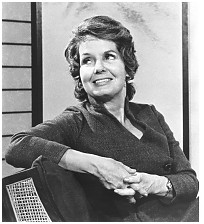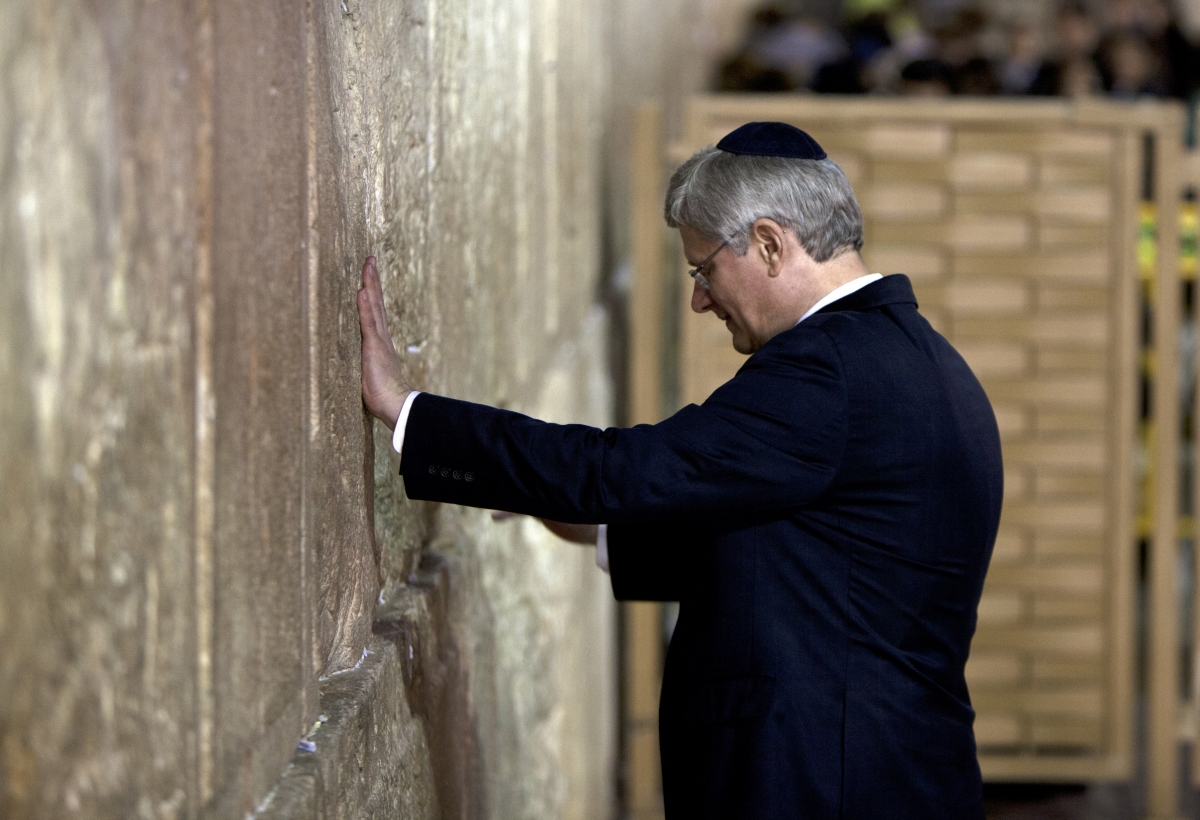All or most of us grew up on the story of the three pigs, who each built a different kind of house, straw, sticks and bricks. And when the wolf came to attack, only the brick house provided protection. This true story I'm now going to tell goes rather differently.
Your typical succah, the "booth" we're commanded by Gd to live in for the week of Succot, is more like a house made of straw or sticks.
 |
| a neighbor's succah, fabric like a house made of straw (photo by Batya Medad) |
 |
| the inside of my succah, like a house made of sticks (photo by Batya Medad) |
Even though technically, according to Jewish Law, a succah can be made with bricks, as an inner patio or dining-room that has a removable ceiling/roof, the spirit behind the law is that it be more mobile or temporary, like in these photos. And even if you have one of those rooms with a removable roof, it's the schach, some sort of branch, whither actual branches, narrow wooden beams or these bamboo sticks you can see in the photos above which make the room/structure a kosher succah.
I don't know if the Jerusalem Municipality still does it, but when we lived in Bayit Vegan, Jerusalem, 1971-81, the municipality would drop off free schach (freshly pruned tree branches) every year. And every year I'd show up, the only woman fighting a bunch of aggressive men for those leafy branches to top our succah. I'd bring some string, and tie my hard won collection onto the baby carriage and then drag them to our building. And since they were of such value, I'd then drag them up the three flights of stairs and into our apartment to the balcony where we had our succah.
Having grown up on the story/fable of the "three pigs," I never really thought of a succah as a shelter or protected place.
Of course, it's supposed to be a spiritual time and structure...
As the kids grew up, first in Jerusalem and later in Shiloh, we had a family custom. Every Succot during Chol Hamoed, the "intermediate days," we'd go to the Kotel, pray and then eat in the enormous community succah set up there. I'd bring "American style" picnic food, sandwiches with fruit, and was always surprised/amazed by the other people who showed up with pots of delicious smelling meat, chicken, vegetables, rice etc, which they'd set up on the tables as if they were home.
One year, probably over twenty-five years ago, we heard strange noises, like popping or shooting, coming from outside the succah. Most of us just ignored it. We were too busy eating and enjoying the holiday spirit in the succah. Then soldiers came in and told us we had to leave.
"It will be dangerous to stay, since Arabs were attacking Jews at the Kotel."
The Arabs were throwing large rocks from their perch on Har HaBayit, the Temple Mount, at the Jews praying down below.
IDF soldiers were responding by shooting teargas canisters at the terrorists. In the safe, protected succah, we could only smell the food. But the second we left the succah, we felt the teargas in our eyes and nose. It was horrible. We had to walk a few hundred meters and climb lots of stairs until we got the the Jewish Quarter, which was also affected by the teargas.
We would have felt safer if we had stayed in the straw/stick hut with the leafy roof, which had filtered out the tear gas.
Of course we couldn't have stayed there long enough for the air to clear. The ancient stone walls of the Old City kept the tear gas in, which was more dangerous. I don't know how long it took before the air cleared. It certainly took many hours if not days.
Ever since then, I think of the succah as a protection, a shelter. We, the Jewish People, are governed by the rules of Gd, not nature and science.
Chag Sameach
Have a Wonderfully Joyous Holiday




























